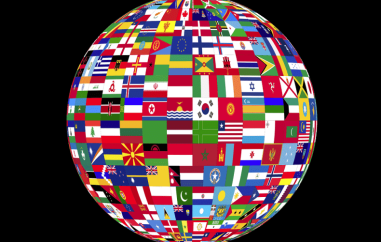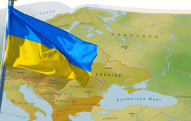Google reduces the error rate of its quantum computer
Nobody's perfect - this is especially true for Google's quantum computer "Sycamore," which two years ago was able to solve a mathematical problem faster than a classical supercomputer. Despite its performance, which relies on 49 superconducting quantum resonators that play the role of quantum bits (qubits), the system is extremely prone to failure. Members of Google's quantum technology team have now developed a method to tackle this problem and published it in a technical paper in the scientific journal Nature.
Sycamore - like all existing quantum computers - is mainly affected by stray electric fields and temperature fluctuations. They destroy the fragile quantum states that are stored in Sycamore's cryogenic microwave resonators. Because disturbances cause the loss of important quantum information that the computer needs, errors quickly creep in.
The classic error correction of a PC does not help. The data encoded in the qubits cannot be copied like classical bits and thus cannot be stored as a backup copy. When copied, the original data is destroyed and lost, which reduces the performance of a quantum computer. Other strategies for error prevention are therefore required. In the current issue of the journal Nature, Google scientists present a promising method that has succeeded in drastically reducing the rate of computing errors.
Builders of quantum computers have now learned how to quickly detect and subsequently fix errors in individual qubits so that quantum information is preserved over time. Special algorithms and auxiliary qubits help with this. These immediately notice when a previously active quantum bit is lost. This happens without contact, via the effect of quantum mechanical entanglement. A mechanism is then triggered that rescues and restores the information in the lost quantum bit.
One successful strategy, also used by Google's researchers at Sycamore, is not to store quantum information in individual fragile superconducting quantum resonators, but to distribute and encode it over a larger number of these physical objects. This creates logical quantum bits that are less sensitive to interference. The researchers detect computational errors via comparative measurements, whereupon an appropriate correction is made. Quantum information is thus preserved for longer. The error correction is carried out using a special algorithm. By repeatedly applying the error correction codes, it was possible to reduce the error rate by a factor of one hundred, as Julian Kelly and his colleagues write.
Quantum physicist Tommaso Calarco of Jülich Research Center, Germany, attributes similar importance to the current study by Google researchers as he did to the work on quantum superiority by Sycamore two years ago. "The presented methods for error correction are a big step toward practical application," Calarco says. Without error correction, there can be no working quantum computer, Calarco said.
The advantages of quantum information processing can only be exploited if the information is preserved throughout the runtime of the computation being performed, he said. It is not yet possible to say whether a factor of one hundred is sufficient or whether even lower error rates are needed for Sycamore to achieve its full performance.
Image by Pete Linforth
Â







 »
»